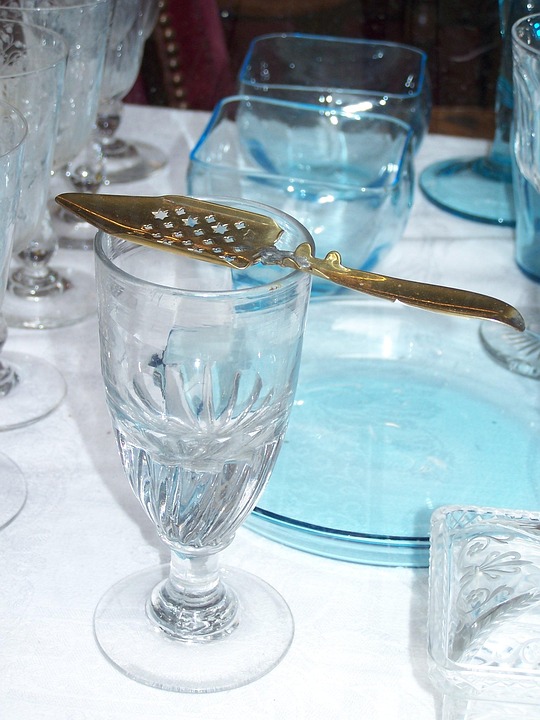The Art of Traditional Distillation in Separating Real Absinthe from Imitations
Introduction
Absinthe, a highly alcoholic spirit known for its distinct green color and strong anise flavor, has a rich history dating back to the late 18th century. However, due to its popularity and mystique, absinthe has also been a target for counterfeiters looking to capitalize on its allure. Traditional distillation methods play a crucial role in separating authentic absinthe from imitations, ensuring that consumers are getting the real deal.
The Distillation Process
The production of absinthe involves a complex distillation process that requires skill, precision, and attention to detail. The key ingredients used in absinthe production are wormwood, anise, fennel, and other botanicals. These ingredients are macerated in alcohol and then distilled to extract their essential oils and flavors.
Traditional distillation methods involve using copper pot stills, which are known for their ability to produce high-quality spirits. The distillation process typically involves multiple distillations to ensure that the final product is smooth and well-balanced. This attention to detail is crucial in separating real absinthe from imitations, as counterfeiters often cut corners in the distillation process to save time and money.
Identifying Real Absinthe
One of the key ways to identify real absinthe is by its unique green color, which is derived from the chlorophyll in the botanicals used during production. Authentic absinthe should have a natural green hue, while imitations often use artificial coloring agents to mimic the color.
Another important factor in identifying real absinthe is its taste and aroma. Authentic absinthe should have a complex flavor profile with notes of anise, wormwood, and other botanicals. Imitations often lack the depth and complexity of flavor that is characteristic of real absinthe.
Financial Data and Industry Insights
The absinthe industry has seen steady growth in recent years, with consumers showing a growing interest in craft spirits and artisanal products. According to industry reports, the global absinthe market is expected to reach a value of over $500 million by 2025, driven by increasing demand for premium spirits.
Several key players in the absinthe industry, such as Pernod Absinthe and La Fee Absinthe, have established themselves as leaders in the market, known for their commitment to quality and authenticity. These companies invest heavily in traditional distillation methods to ensure that their products meet the highest standards of quality.
Conclusion
In conclusion, traditional distillation plays a critical role in separating real absinthe from imitations. By using copper pot stills and multiple distillations, distillers are able to create a high-quality product with a complex flavor profile and unique green color. As the absinthe market continues to grow, consumers can rest assured that they are getting the real deal when they purchase absinthe from reputable producers who prioritize authenticity and craftsmanship.




